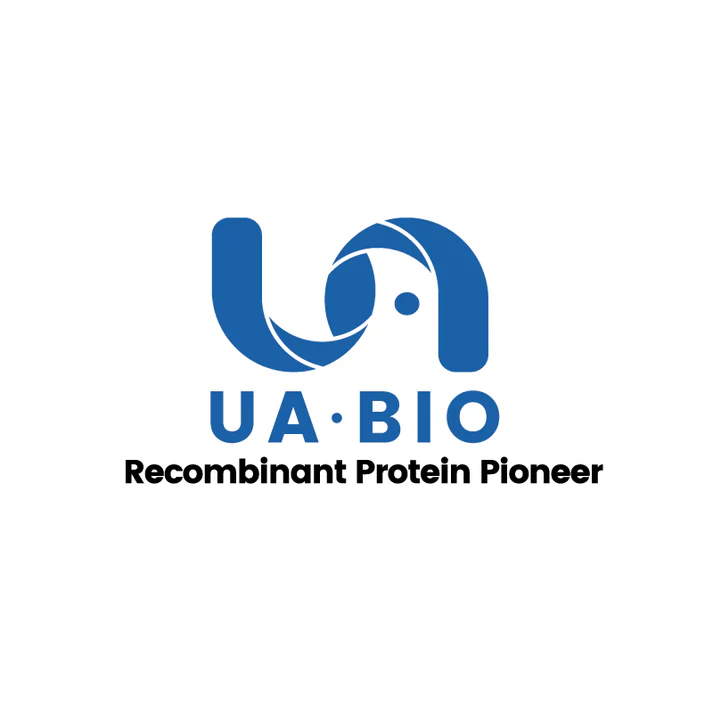Using different amounts of HEK293T total RNA as templates, the DNA fragment of 197bp of the β-actin gene was detected. The electrophoresis results of RT-PCR amplification after adding a specified amount of this product or similar products from Company T (competitor) in a 50μl reaction system are shown in the figure. As shown in the figure, this product has a consistent detection sensitivity compared to Company T's products, and can sensitively detect RNA as low as 1pg, and has better specificity and amplification efficiency.
M: DL2000 DNA Marker;
CK: No Enzyme Mix added;
Lane 1: 1ug;
Lane 2: 100ng;
Lane 3: 10ng;
Lane 4: 1 ng;
Lane 5: 100pg;
Lane 6: 10pg;
Lane 7: 1pg;
Lane 8: 0.1 pg;
Product Details
Product Details
Product Specification
| Stability & Storage |
Store at -25 ~ -15℃ for 2 years |
| Reference |
|
Components
|
Component |
UA070126-50 Rxns |
UA070126-250 Rxns |
|
One-Step Enzyme Mix (25X) |
100 μl |
5 × 100 μl |
|
One-Step Reaction Mix (2X) |
2 × 625 μl |
10 × 625 μl |
|
RNase Free dH2O |
2 × 1 ml |
10 × 1 ml |
Protocol
1. Prepare the following mixture in an RNase-free centrifuge tube:
|
Component |
Volume |
|
One-Step Enzyme Mix (25X) |
2 μl |
|
One-Step Reaction Mix (2X) |
25 μl |
|
Gene-specific Forward Primer (10 μM) |
2 μl |
|
Gene-specific Reverse Primer (10 μM) |
2 μl |
|
Template RNA (1 pg~1 μg) |
x μl |
|
Rnase Free dH2O |
Up to 50 μl |
Mix evenly by gently pipetting up and down.
2. Perform the RT-PCR reaction under the following conditions
|
Step |
Temperature |
Time |
Number of Cycles |
|
Reverse Transcription* |
48°C |
30 minutes |
1 cycle |
|
Initial Denaturation |
94°C |
3 minutes |
1 cycle |
|
Denaturation Annealing** Extension |
94°C 50-65°C 72°C |
30 seconds 30 seconds 1 minutes |
25–35 cycles
|
|
Final Extension |
72°C |
5 minutes |
1 cycle |
|
Soak |
4°C |
Indefinite |
1 cycle |
*If the template has complex secondary structures or high-GC regions, the reaction temperature can be increased to 55°C, which helps improve the yield.
*The annealing temperature needs to be adjusted according to the primer annealing temperature, and it is generally set to be 1-2°C lower than the primer annealing temperature.
Guidelines
1. Treat all equipment used in the research with DEPC, or purchase equipment that is certified nucleic acid-free. Wear gloves during the research and change them frequently to avoid RNase contamination.
2. Ensure that there is no RNase contamination in the reagents used.
3.Under normal circumstances, 28-30 cycles can achieve optimal amplification; for the detection of low-copy target genes, the number of cycles can be increased to 40.
4. When performing reverse transcription reactions using this kit, specific reverse transcription primers must be used; Random Primers and Oligo dT Primers cannot be used.
5. During experimental operation, enzyme products should be placed on ice, and immediately stored at -20°C after the experiment is completed.
Picture
Picture
Bioactivity


